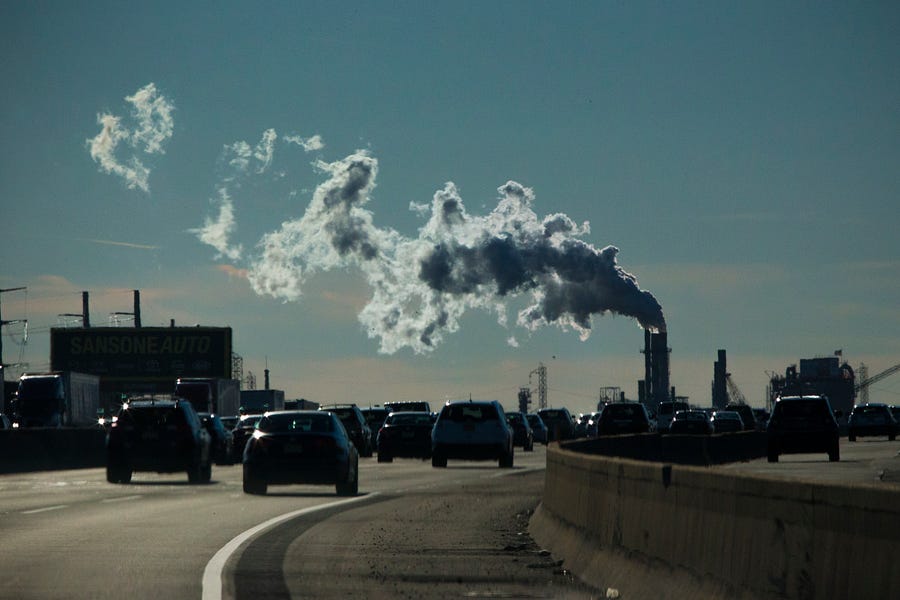In Wednesday’s vice presidential debate, Vice President Mike Pence claimed, “The United States has reduced CO2 more than the countries that are still in the Paris Climate Accord, but we’ve done it through innovation and we’ve done it through natural gas and fracking.”
The United States’ carbon emissions have steadily decreased over the past few years, with the EPA reporting as of the end of 2018 “national greenhouse gas emissions have fallen by 10%” since 2005. Carbon emissions formed the vast majority of these greenhouse gas emissions. Using 2016, when the agreement began, as the baseline, it would appear that emissions have increased according to EPA data, from 6,524 million metric tons in 2016 to 6,677 million metric tons in 2018. However, while the EPA has not finalized data for 2019 yet, the International Energy Agency reports that the United States’ carbon emissions decreased by 140 million metric tons, still higher than 2016 emissions but in keeping with the general downward trend of U.S. carbon emissions.
In terms of raw carbon emissions reduction, the United States outpaces every other country in the rest of the world. Many countries in the Paris Agreement have seen smaller emission reductions or not seen their emissions decrease at all. Canada, for example, saw its emissions peak in 2007, then rapidly decline, but has seen a slow but steady increase in emissions since 2009 and has nearly returned to its 2005 levels of greenhouse gas emissions. China, too, has seen its carbon emissions continue to rise.
But the United States is behind other countries that are party to the Paris Agreement when it comes to reductions as a percentage. The European Union, for example, is expected to meet, if not surpass, its goal of a 20 percent decline in emissions since 1990, and has seen a continuous steady decline in carbon emissions since joining the Paris Agreement. The United States, on the other hand, is above its 1990 levels of greenhouse emissions, and since its decline in emissions began after 2007, has seen a decline of just under 10 percent.
Pence’s claim is partly correct: The United States’ carbon emissions have declined since peaking in 2007 and the United States’ emission reduction has outpaced all of the countries that have remained as a part of the Paris Agreement in terms of raw emissions. However, many individual countries have seen their carbon emissions reduced at a faster rate than the United States.
If you have a claim you would like to see us fact check, please send us an email at factcheck@thedispatch.com. If you would like to suggest a correction to this piece or any other Dispatch article, please email corrections@thedispatch.com.
This fact check is available at IFCN’s 2020 U.S. Elections FactChat #Chatbot on WhatsApp. Click here for more.
Photograph by Kena Betancur/VIEWpress/Corbis/Getty Images.







Please note that we at The Dispatch hold ourselves, our work, and our commenters to a higher standard than other places on the internet. We welcome comments that foster genuine debate or discussion—including comments critical of us or our work—but responses that include ad hominem attacks on fellow Dispatch members or are intended to stoke fear and anger may be moderated.
With your membership, you only have the ability to comment on The Morning Dispatch articles. Consider upgrading to join the conversation everywhere.